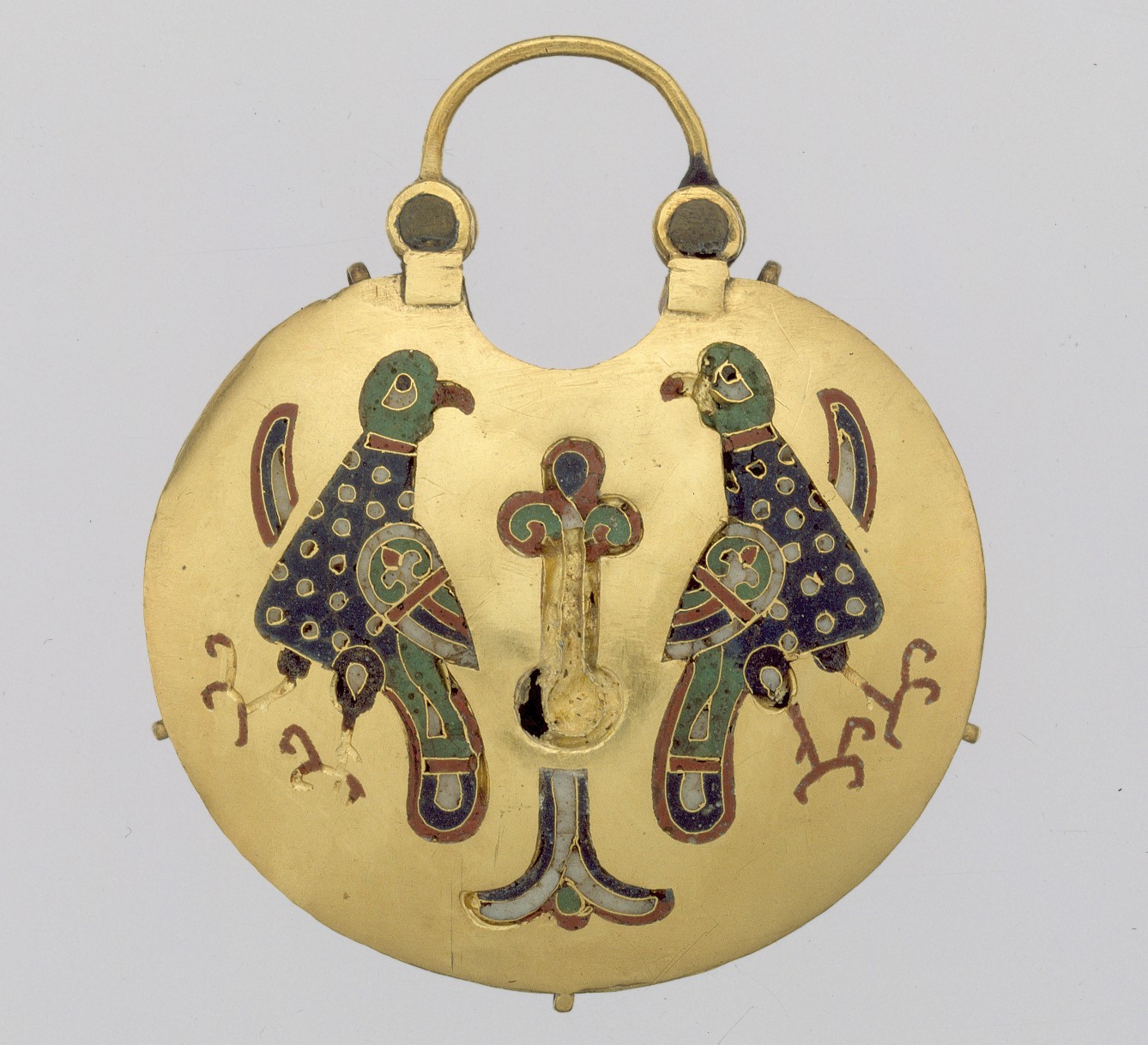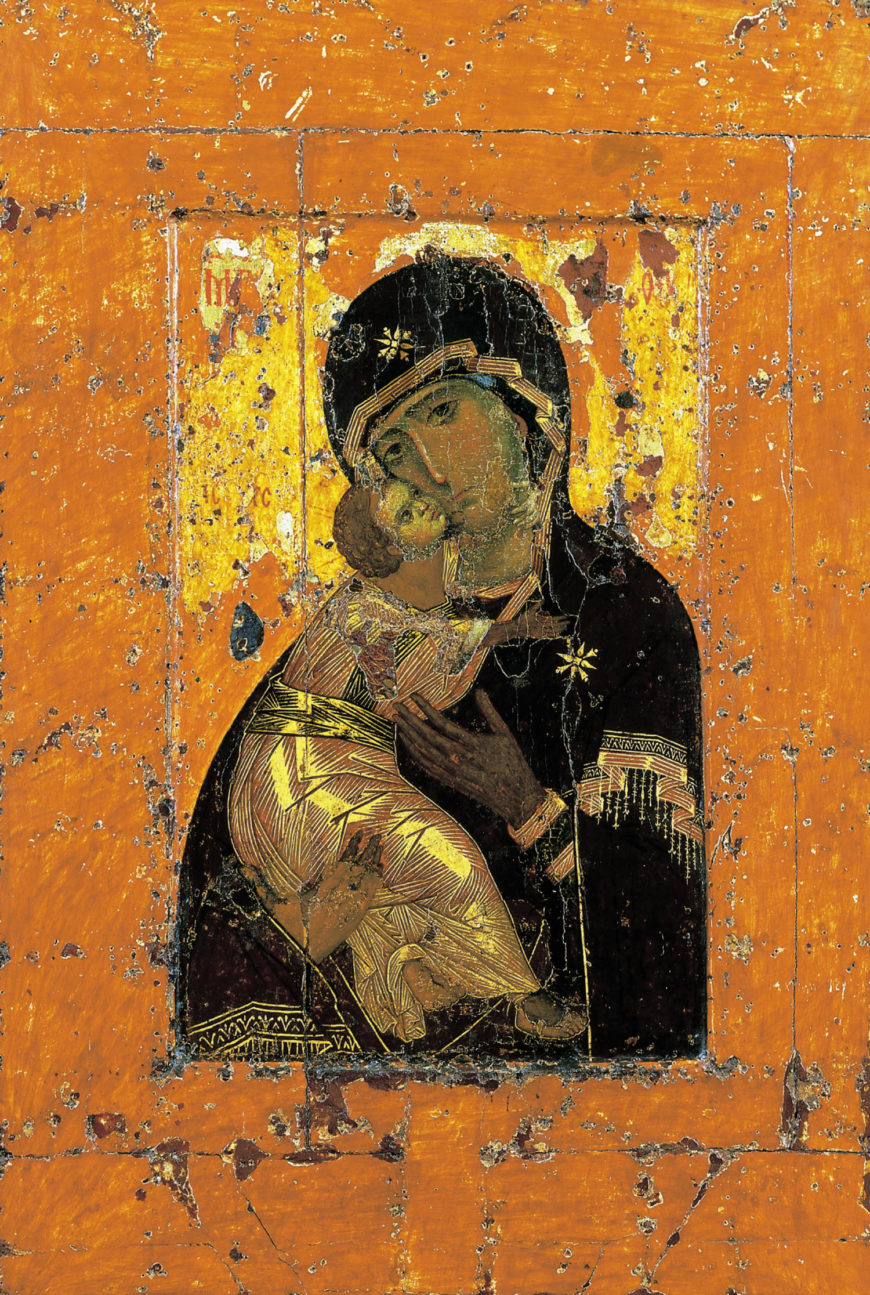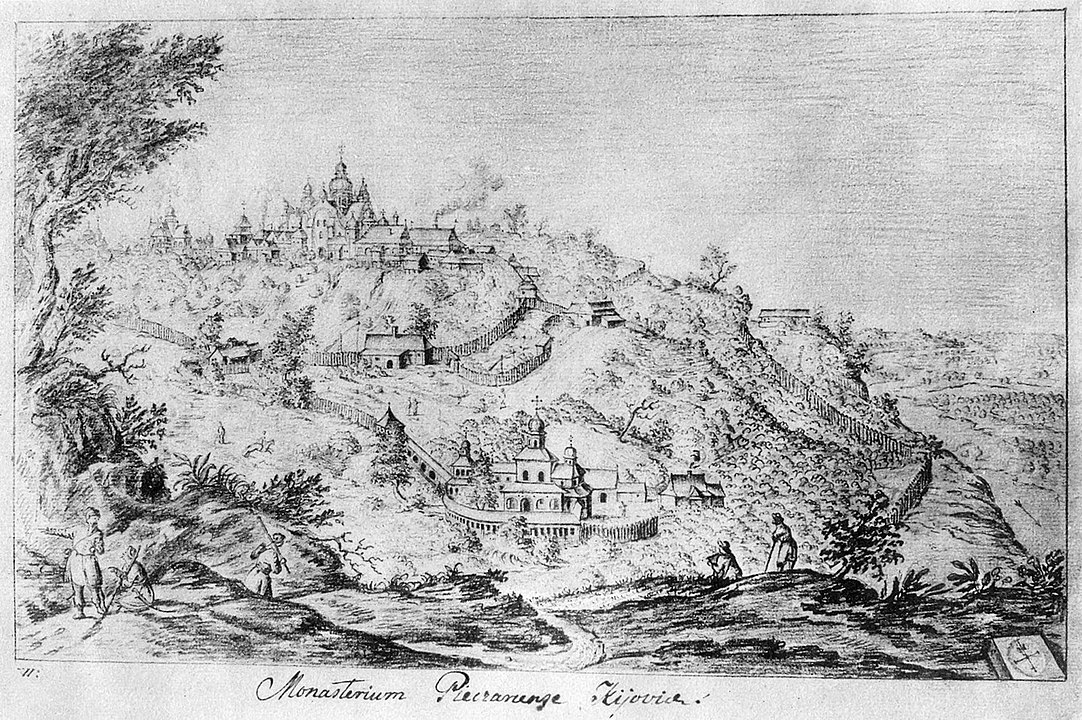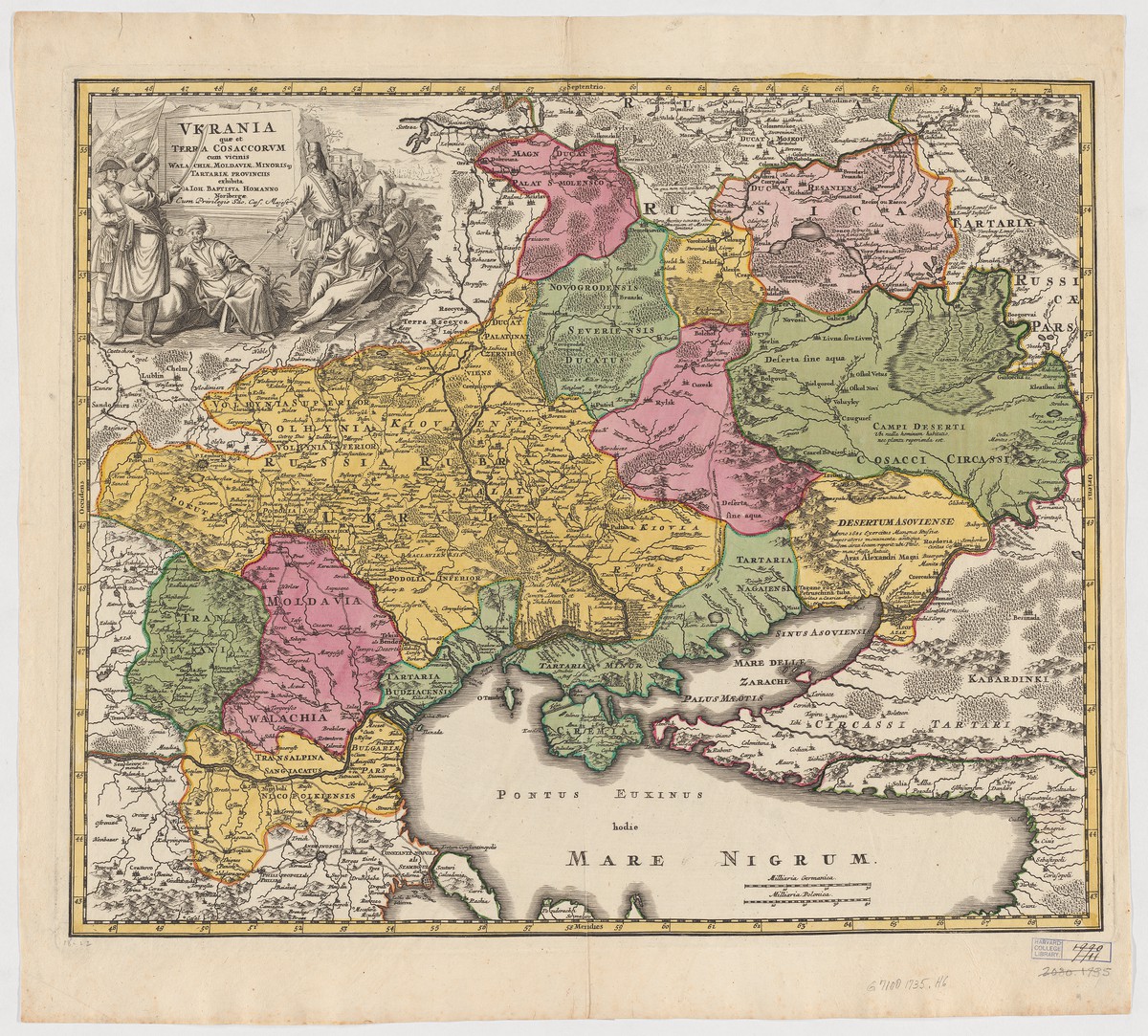1240 – Sack of Kyiv by the Mongols under Batu Khan
Connected Central European Worlds, 1500-1700
Featured story
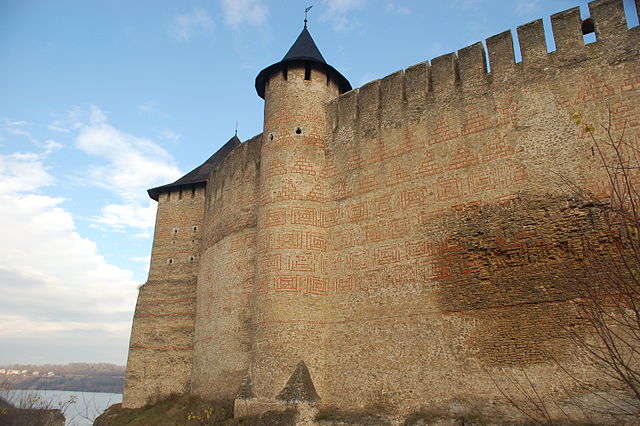
Featured story

Featured story

Featured story
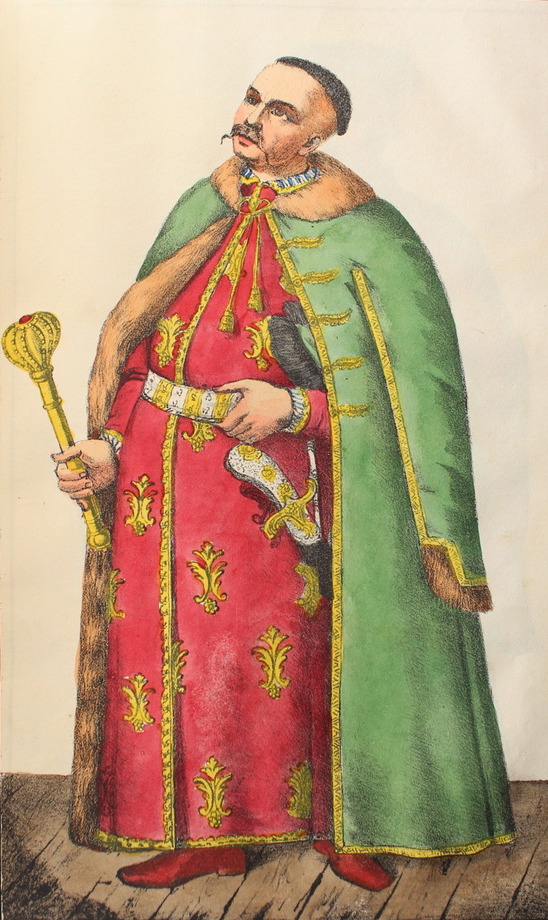
Treaties affecting Ukrainian lands
1569 – Union of Lublin: and the formation of the Polish–Lithuanian Commonwealth that brings Ukraine under the Polish Crown.
1654 – Treaty of Pereyaslav: The Zaporizhian Host (military forces in Central Ukraine) seek protection from Poland from Russia.
1667 – Treaty of Andrusovo: Agreement between Poland and Russia to divide Ukrainian territory between them.
Late 17th and 18th centuries: Autonomy granted by Russia to Cossacks after 1667 was replaced by direct control.
From the Ukrainian National Museum of History, Kyiv.
Ukraine in the 14th-16th centuries.
During the 14th century most of the Ukrainian lands were part of the Grand Duchy of Lithuania, ruled by princes of the Gediminas dynasty, and the Kingdom of Poland. At that time, the Grand Duchy of Lithuania ruled over all segments of the population with Lithuanian statutes, the rules of which were in force until the 1830s. At the end of the 15th century a new social group emerged within the Dnieper thresholds – the Cossacks, from which the Polish King later recruited for military service. In 1569 there was a proclamation of the united state of the Commonwealth, which included Ukrainian territories and caused the spread of European cultural influences.
Ukraine in the 17th-18th centuries.
Ukrainian lands in the period XVII – XVIII centuries. were part of the Moscow State and the Commonwealth. At the same time, the Cossack state autonomy was formed and Slobozhanshchyna was settled – a kind of buffer zone between the autonomous Hetmanate and Moscow, a revolution took place under the leadership of B. Khmelnytsky. At the same time, the influence on the culture of church intellectuals, in particular the Kyiv metropolitanate, increased, the Union Church took the first steps, and the Kyiv-Mohyla Collegium gained university status. Ukrainian influence in various spheres was felt in the Russian Empire, but after Ivan Mazepa’s unsuccessful speech against Peter I, the first Ukrainian political emigration appeared. In the Polish-Lithuanian part of Ukraine at that time there was a confrontation known as Koliivshchyna, the population of these lands differed from the Hetmanate by greater ethnic diversity, Hasidism spread here. Ukrainian art of the XVIII century. was influenced by the Baroque. The end of the century was marked by another redistribution of Ukrainian lands due to the division of the Commonwealth, a number of reforms in the administrative and social spheres, as well as changes that eventually led to the emergence of a modern education system.
https://nmiu.org/exposition/114-pizne-serednovichchia-i-rannii-modern/260-ukrajina-u-xvii-xviii-st
Featured story
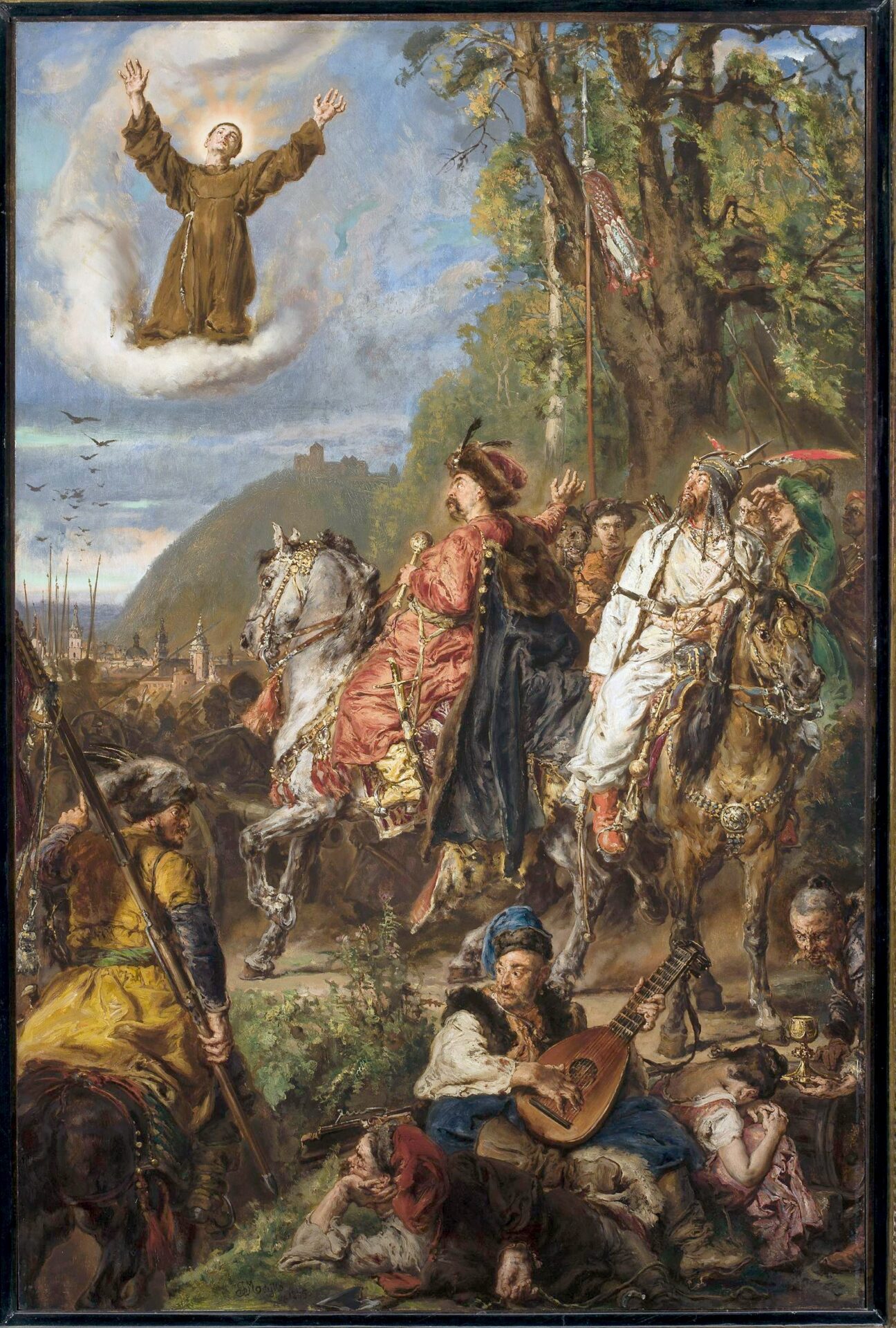
References
“Eastern Europe and Scandinavia, 1400–1600 A.D.” In Heilbrunn Timeline of Art History. New York: The Metropolitan Museum of Art, 2000–. http://www.metmuseum.org/toah/ht/?period=08®ion=eue (October 2002)
